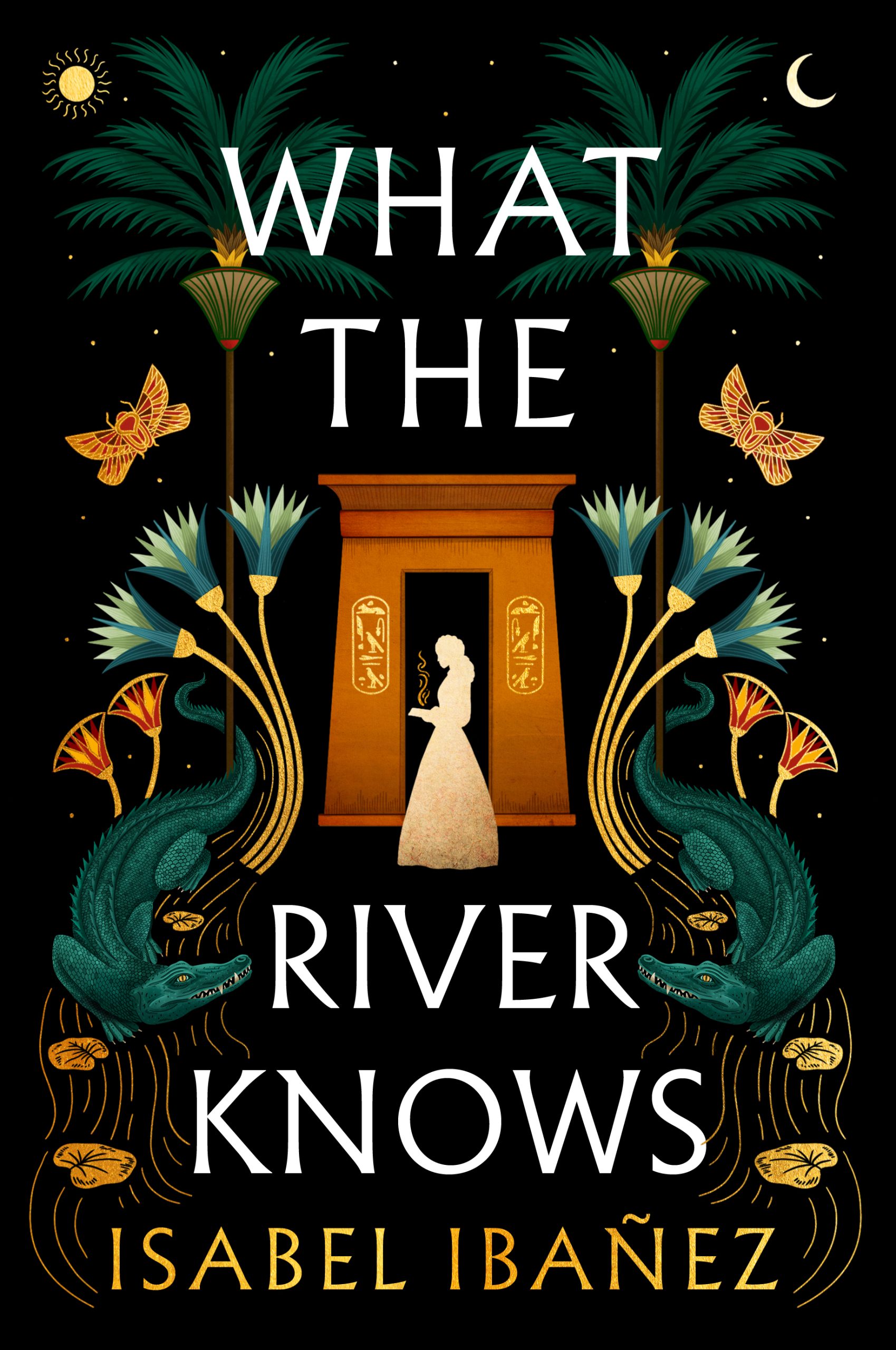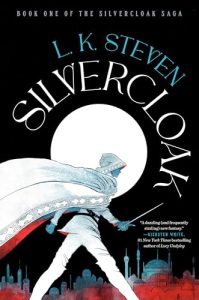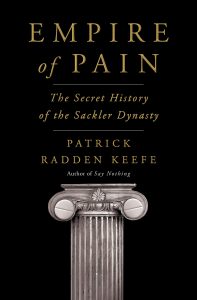
In What the River Knows, Isabel Ibañez transports readers to nineteenth-century Egypt in a tale that blends ancient magic, family secrets, and forbidden love. It is the first installment of a planned duology and has been compared to The Mummy and Indiana Jones for its adventurous spirit and archaeological intrigue. Yet, while it offers lush historical details and a striking sense of place, the novel divides readers sharply between admiration and disappointment.
The story follows Ines Olivera, a young woman from Buenos Aires who learns that her explorer parents have vanished during an expedition in Egypt. Refusing to accept their deaths, Ines defies her guardian’s orders and sets sail for Cairo, determined to uncover the truth. Once she arrives, she meets Whit, her uncle’s handsome British assistant, whose duty is to send her back home. Instead, the two are drawn together through danger, mystery, and an undeniable, if complicated, attraction.
On one side, Isabel Ibañez’s worldbuilding shines. Her descriptions of Egypt’s deserts, tombs, and ancient relics evoke both wonder and melancholy. Readers who love historical fiction will appreciate her meticulous research and how she weaves real cultural and religious details into a narrative laced with enchantment. Reviewer Nilufer Ozmekik praised the author’s ability to merge history, mythology, and romance, calling the result “a mesmerizing mosaic.” For those patient enough to embrace the book’s slower first half, the second half rewards them with action, emotion, and a jaw-dropping cliffhanger.
However, not everyone was enchanted. Many readers found the magic system vague and underexplained. The concept of “magic-touched artifacts,” while fascinating in theory, lacked a clear set of rules or consequences. Characters frequently referenced this lost magic, but the story never grounded it in a way that felt convincing. As one reviewer bluntly noted, “We hear it’s rare, yet everyone seems to have encountered it.”
The romance between Ines and Whit also left audiences divided. Some readers enjoyed the slow burn dynamic, while others called it superficial and frustrating. Whit’s arrogance and emotional unavailability, combined with the revelation that he is already engaged, made it hard to root for the pair. Ines, meanwhile, comes across as impulsive and naïve. Her determination is admirable, but her dependence on Whit weakens her supposed strength. What could have been a passionate, tension-filled connection instead feels forced and repetitive.
Stylistically, Ibañez’s prose is readable and atmospheric, though the pacing can drag, particularly in the first half. The narrative often pauses for lengthy historical explanations, which, while informative, interrupt the flow of adventure. Some readers compared this uneven rhythm to “history lessons followed by snippets of romance.” For others, the promise of The Mummy-style excitement never quite materialized.
Still, What the River Knows has undeniable charm for fans of romantic historical fantasies. The setting is evocative, the themes of identity and discovery resonate, and the cliffhanger ensures curiosity for the sequel. Readers looking for a sweeping journey filled with ancient secrets and slow-burn emotion may find much to love here. Those seeking tightly structured worldbuilding or a convincingly developed romance might come away disappointed.
In the end, this novel is both a triumph of atmosphere and a test of patience a beautifully wrapped story whose magic sometimes fades under the desert sun.
Verdict: 3.5 out of 5 stars – gorgeous setting, mixed execution, promising sequel potential.
👉 You can get your copy of What the River Knows on Amazon here: https://amzn.to/46FR5MP


